Spark |
||||||||
|
|
|
|||||||
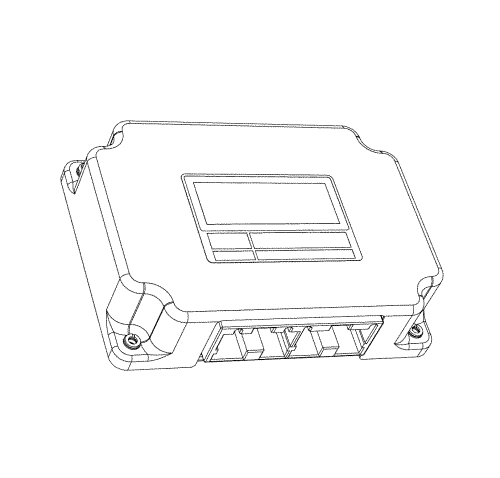
The transmission control module (TCM) is at the left side of the driver's footing. It sends an output signal to 1-2 shift solenoid and 2-3 shift solenoid, the pressure control solenoid and the TCC solenoid in response to the input signal from each sensor to operate shift change in 1st, 2nd, 3rd, and 4th gears and lock-up control.
TCM is equipped with a diagnostic function to detect errors in the controller itself and the input signal. If an error occurs, the fail-safe function works to secure a minimum driving performance.
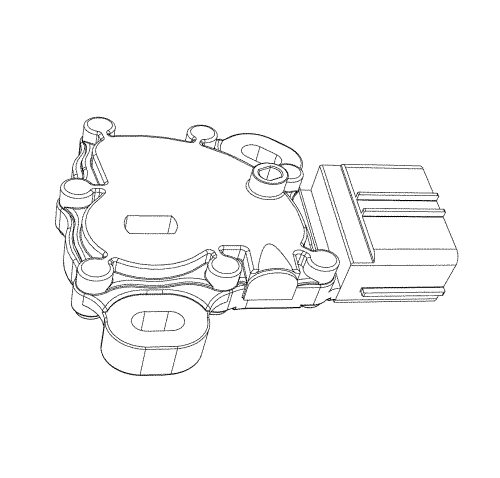
The park/neutral position (PNP) switch is installed on the manual shift shaft. The PNP switch applies the battery voltage to the TCM in response to the select lever position. The TCM detects the positions of the select lever and the manual valve using the output voltage from the shift switch. It also works as a starter inhibit switch. The present positions of the selector lever and the manual valve are detected by the output signal from the PNP switch. The shift position signal is used to determine the appropriate driving gear for the vehicle speed.
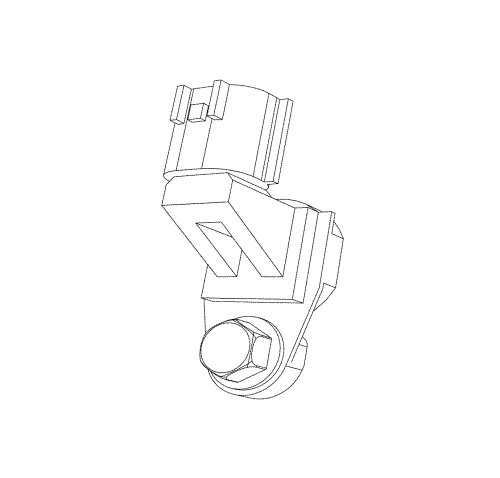
The input speed sensor (ISS) detects the input shaft rotation speed. It is installed on the mounting (side cover) at the side of the transmission case. The input shaft speed signal is 12 volts rectangular signal and detected by the ISS. It is input as input shaft rotation. It is used as data for lock-up control.
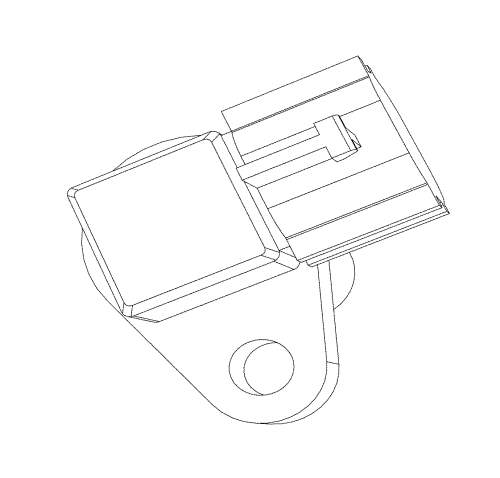
The output speed sensor (OSS) is installed in the transmission case. It detects the number of signal rotor teeth in the differential gear. The frequency fluctuation output from the OSS is monitored and is input as the vehicle speed. The vehicle speed and throttle signals are used as data for shifting gear.
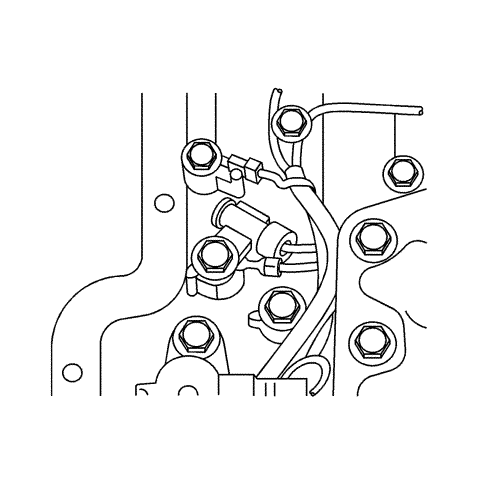
The Transmission fluid temperature (TFT) sensor detects the transmission fluid temperature. It is installed in the valve body. The TFT sensor is the integral part of the wiring harness assembly. Resistance variation of the TFT sensor is monitored via the variation of voltage and is input as the transmission fluid temperature. The oil temperature signal is used to determine the shift point.
When the lock-up control execution conditions are met, the TCC solenoid applies pilot pressure to shift valve B. Pilot pressure passed through shift valve B operates the lock-up control valve to drain oil pressure from the lock-up clutch release side of the torque converter and to raise oil pressure at the engagement side. The TCC solenoid is duty-controlled.
When the conditions are met when driving at higher than a certain speed in 3rd (overdrive OFF) or 4th (overdrive ON) gears, the TCM outputs a signal to the TCC solenoid and locks up the lock-up clutch in the torque converter. This is the lock-up control. Lock-up control is operated by the TCC solenoid and the lock-up control valve.
| • | The shift position must be 3rd or 4th gear. |
| • | The throttle opening angle and vehicle speed must be within the lock-up control range. |
| • | The transmission fluid temperature must be within the control execution range: 20°C (68°F) or more |
| • | The park/neutral position (PNP) switch is in the D position. |
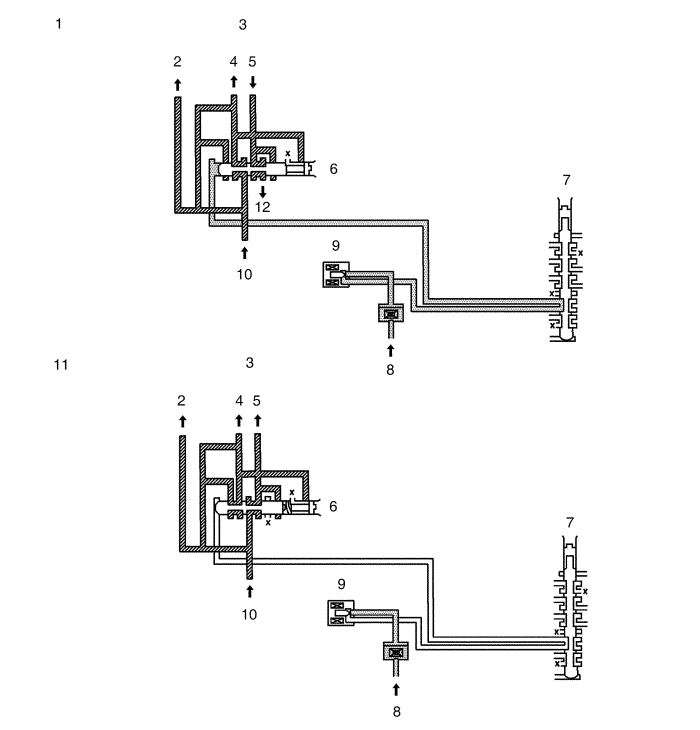
| (1) | Lock-Up Applied |
| (2) | Lubricates Inside Transmission |
| (3) | Lock-up Clutch |
| (4) | Engagement Side |
| (5) | Release Side |
| (6) | Lock-up Control Valve |
| (7) | Shift Valve B |
| (8) | Pilot Pressure |
| (9) | TCC Solenoid |
| (10) | Line Pressure |
| (11) | Lock-up Released |
| (12) | Drain |
Control Item | Contents |
|---|---|
Shift Control | Detects the engine load and the vehicle speed, and switches to optimum gear in accordance with preset shift program |
Line Pressure Control | The optimum line pressure for engine load and vehicle speed is made by duty solenoid valve. |
Learning Control | Corrects the clutch engagement pressure and timing on drain side to compensate for changes in engine performance and changes in the transmission. |
Torque Reduction Control | Optimally controls the engine output torque when shifting. Operates the optimal clutch engagement pressure corresponding to engine output torque. Request the engine torque down from just before the shift for the purpose of improvement of shift quality. |
Lock-up Clutch Control | Controls the lock-up clutch smoothly by duty cycle lock-up clutch solenoid, in accordance with the designated lock-up clutch points. |
Slip Lock-up Clutch Control | Controls movement of the lock-up piston via the TCC solenoid so it moves closer to the torque converter cover, up to just before lock-up, via a certain difference in rotation. The operating space of slip lock-up control covers the low-speed range which lock-up control cannot cover. |
Freewheel Slip Lock Up | The engagement of lock-up clutch will be maintained sliding even if the vehicle is changed into a freewheel driving condition. |
Adaptive Shift Schedule (Up Hill) | If up hill grade is detected, shift schedule will be changed to up hill mode for better driving performance. |
Overdrive (O/D) OFF Control | Inhibits the shifting to 4th gear when O/D OFF switch is turned on. Enables slight engine braking and acceleration when driving at the high speeds. |
| © Copyright Chevrolet. All rights reserved |